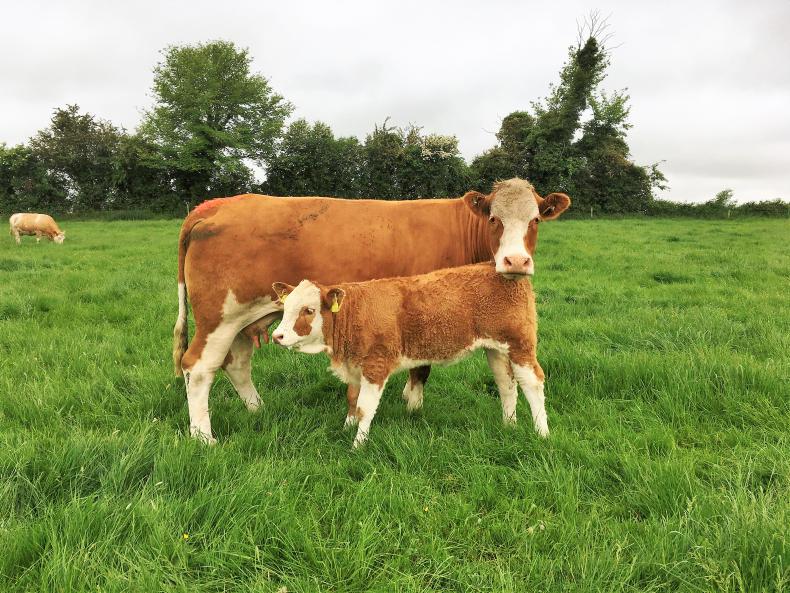A cow served at the end of June will calve in the first two weeks of April. Breeding should be coming to an end in early spring-calving herds.
Leaving the bull in until the middle of July will mean calving will run until the end of April. Late-calving cows, along with a spread-out calving pattern, are a major drain on output and labour in suckler herds.
With the current very strong trade for cull cows, this year could be an ideal year to tighten the calving spread and cull under-performing cows. Six to eight weeks after the breeding season has finished, ring the scanning operator and get the herd scanned.
These cows are ideal candidates for weaning early and either selling for further feeding or finishing off grass. On suckler farms which are operating weanling systems and where no other cattle are finished, it will not make sense to try to finish a few animals. The mart ring is a better option.
Dry cows
Fly activity has increased significantly over the past seven days and with warm, damp humid conditions forecast, it’s likely to get worse. Recently-weaned cows should be monitored closely for signs of mastitis. Very milky cows should be aided in the drying-off process. It may be worthwhile feeding straw or hay for a few days or close cows up on a bare paddock. Some farmers get good results from applying Stockholm tar, but this needs to be applied on a regular basis. Others use garlic licks as a fly deterrent. Make sure weaned cows are restricted over the summer months. Over-fat cows will have a higher incidence of calving difficulty and the aim is to calve autumn cows at a body condition score of 3.
Read more
Parasite prevention: which animals are at most at risk?
Silage budgeting and battling stem
Beef trends: Factory price drop meeting resistance
A cow served at the end of June will calve in the first two weeks of April. Breeding should be coming to an end in early spring-calving herds.
Leaving the bull in until the middle of July will mean calving will run until the end of April. Late-calving cows, along with a spread-out calving pattern, are a major drain on output and labour in suckler herds.
With the current very strong trade for cull cows, this year could be an ideal year to tighten the calving spread and cull under-performing cows. Six to eight weeks after the breeding season has finished, ring the scanning operator and get the herd scanned.
These cows are ideal candidates for weaning early and either selling for further feeding or finishing off grass. On suckler farms which are operating weanling systems and where no other cattle are finished, it will not make sense to try to finish a few animals. The mart ring is a better option.
Dry cows
Fly activity has increased significantly over the past seven days and with warm, damp humid conditions forecast, it’s likely to get worse. Recently-weaned cows should be monitored closely for signs of mastitis. Very milky cows should be aided in the drying-off process. It may be worthwhile feeding straw or hay for a few days or close cows up on a bare paddock. Some farmers get good results from applying Stockholm tar, but this needs to be applied on a regular basis. Others use garlic licks as a fly deterrent. Make sure weaned cows are restricted over the summer months. Over-fat cows will have a higher incidence of calving difficulty and the aim is to calve autumn cows at a body condition score of 3.
Read more
Parasite prevention: which animals are at most at risk?
Silage budgeting and battling stem
Beef trends: Factory price drop meeting resistance






 This is a subscriber-only article
This is a subscriber-only article










SHARING OPTIONS: